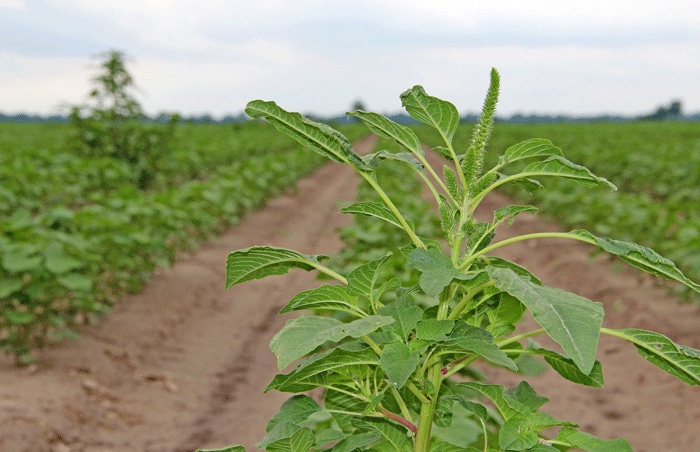March 19, 2013

I just returned from the Global Herbicide Resistance Challenge conference in Fremantle, Australia.
It was a great meeting with a lot of internationally renowned weed scientists making excellent presentations. It was essentially the “State of the Union” on where we are on herbicide resistance world-wide.
The meeting left me even more convinced that diversity and proactive weed management is the only way farmers are going to survive this thing.
I presented at the meeting, but I certainly do not consider myself among the group of scientists mentioned above.
I contrasted a paper I presented in Australia on Roundup Ready crops in 2002 with our situation now. My title was “What a Difference 10 Years Can Make!” I subtitled it “From Bliss to a Train Wreck.” I essentially compared what Roundup Ready crops were doing for agriculture in the southern U.S. in 2002 to the mess we have with glyphosate-resistant weeds at present.
It was a very anecdotal presentation with no science.
However, I made the point in the presentation that unless we could somehow convince the farmer to change his thought processes from reactive to proactive weed management, that none of the great science being presented at the meeting meant anything. That is a pretty harsh statement, but I believe it to be true.
Scientists are going about the business of doing what scientists do. Most of the presentations at the meeting were great science about all the different mechanisms of herbicide resistance in the different weeds.
That is all great, but from a farmer standpoint that is the wrong end of the train. If we continue down the same path, the papers at the next meeting will be about why the new technologies coming do not work anymore.
Threw out several challenges
In my presentation I threw out several challenges I see from my own little place in the weed world.
The first one was “can we truly overcome the loss of glyphosate in the U.S.?” While again it is a harsh statement, I believe it is too late to save glyphosate as a herbicide we can build programs around.
Another challenge is having all our weed control technology now tied up in the seed.
I do not believe we fully understand the implications of this one yet. This means our choices in weed management systems could now be determined by what seed companies decide to grow.
Also, you have to breed the seed, increase them, select for high yield and good agronomic characteristics for a broad range of locations and conditions — all while trying to outguess where the weeds will be five years from now.
Another challenge I presented was “can the companies work together to save the technologies we have now?” I believe this is crucial and I have my doubts that they can.
Another challenge is the fact we have pigweed resistance to essentially every current herbicide mode of action and our newest mode of action is 30 years old.
Want the latest in ag news delivered daily to your inbox? Subscribe to Southeast Farm Press Daily.
I believe a huge challenge is “can we save glufosinate or Liberty?” If we cannot build programs around glyphosate, we will have to build them around glufosinate. If we lose glufosinate, then we have no broad spectrum platform to carry the new technologies forward.
An even bigger problem may be “can we make enough glufosinate?” It seems as if a lot of folks are having a hard time believing in the potential for glufosinate since it struggled for so many years to find a place.
There were others related to herbicides, but the two largest challenges I presented were “can we overcome the farmer’s complacency toward herbicide resistance (and the belief that the next new trait will be a miracle) and can we change the farmer’s mentality from reactive to proactive weed management?”
If we can accomplish these two we can beat the resistance thing. If not, things will continue to get worse.
While I write a lot of things that may seem pessimistic, I am throwing out the challenge to the farmer to take charge of herbicide resistance on their farms and not depend upon anyone else to provide the magic bullet.
You might also like:
Peanut buyers forecast significant drop in acres for 2013
Textile trade war puts growers in tough spot
Adequate land ranks as top concern of young farmers
Soybeans, corn jockeying for position in Southeast crop picture
You May Also Like




